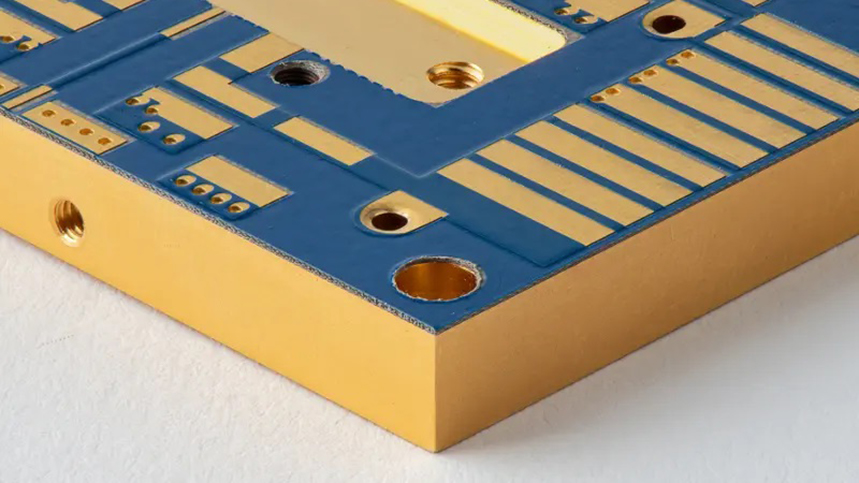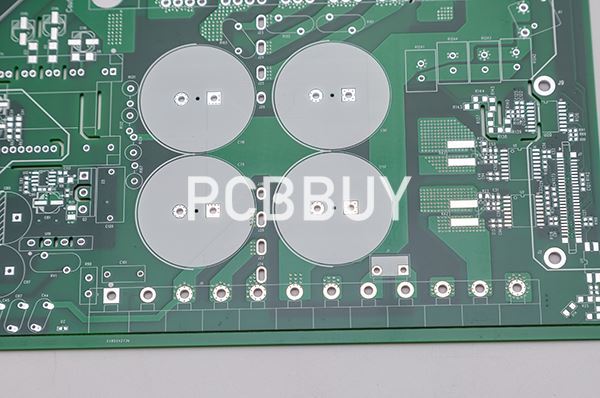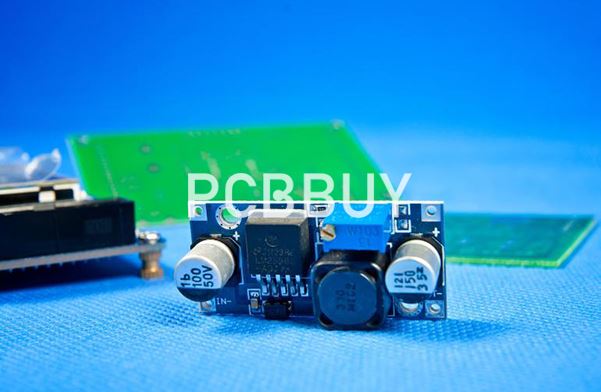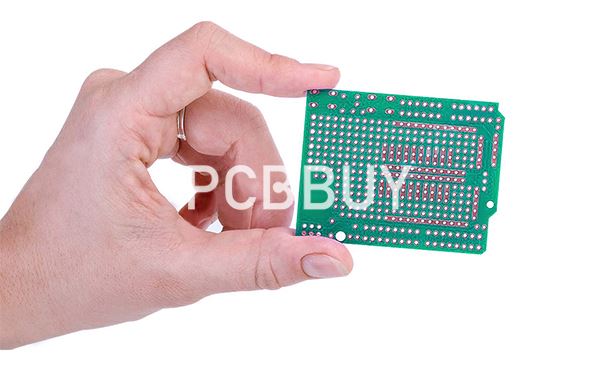What Are the Considerations of Impedance in PCB?
By:PCBBUY 02/18/2024 14:58

According to the theory of signal transmission, the signal is a function of time and distance variables, so every part of the signal may change on the connection. Therefore, determine the AC impedance of the connection, that is, the ratio of the change in voltage to the change in current as the characteristic impedance of the transmission line (Characteristic Impedance): the characteristic impedance of the transmission line is only related to the characteristics of the signal connection itself.
In the actual circuit, the resistance value of the wire itself is less than the distributed impedance of the system, especially in high-frequency circuits, the characteristic impedance mainly depends on the distributed impedance caused by the unit distributed capacitance and unit distributed inductance of the connection. The characteristic impedance of an ideal transmission line depends only on the unit distributed capacitance and unit distributed inductance of the connection.
In this passage, we are providing all the information about impedance in PCB. If you are curious about impedance in PCB, please check and read the content below.

How PCB Layout Affects Circuit Impedance?
In a real PCB layout, the impedance seen by signals can be very different from the ideal value you determined from a schematic. This is due to the presence of the substrate and the arrangement of traces on the board. This gives rise to important effects like crosstalk, which changes the impedance from ideal values. Circuits can experience power integrity problems such as ringing when circuits switch at high frequencies. The impedance of your power delivery network will also deviate from the ideal capacitive behavior at higher frequencies, which contributes to potential signal integrity and power integrity problems.
Transmission Line Impedance
The impedance of transmission lines can be characterized using a number of impedance values. The most important of these is the characteristic impedance, which is simply the impedance of a transmission line on a PCB in total isolation from any other transmission line. This value is normally 50 Ohms, although it may take a different value depending on the signaling standard used in your device. As an example, LVDS specifies that the differential impedance of a differential pair should be 85 Ohms.

The other metrics used to describe transmission line impedance depend on the relative arrangement of two transmission lines. Due to the parasitic capacitance provided by the PCB substrate and the mutual inductance between two nearby transmission lines, a transmission line can be characterized using even and odd mode impedance, which accounts for coupling between two nearby transmission lines and how the two lines are driven (i.e., in common mode or differential mode). Common and differential impedance are related to these other values, bringing the total number of impedance values used to describe transmission lines to five.
What Are the Considerations of Impedance in PCB?
Substances with very low resistance conduct good conductors, such as metals, etc.; substances with extremely high resistance conduct conductors, such as wood and plastics. There is also a conductor between the two called a semiconductor, and a superconductor is a substance whose resistance value is almost zero. However, in the field of alternating current, in addition to resistance inducting current, capacitance and inductance will also interfere with the flow of current. This effect is enough to make reactance, which means resistance to current.
Their unit of measurement is ohms as the resistance, and its value is related to the frequency of the alternating current. The higher the frequency, the capacitive reactance, the inductance, the capacitance, the inductance and the phase angle. There is a relationship between the vectors. Will say: resistance is the sum of resistance and reactance on the vector.
For a specific circuit, the impedance is not constant, but changes with frequency. In a series circuit of resistance, inductance and capacitance, the impedance of the circuit is generally larger than the resistance. That is, the impedance is reduced to the minimum. In the parallel circuit of inductance and capacitance, the impedance increases to the maximum value at resonance which is the opposite of the series circuit.

What is impedance control and signal matching?
Impedance control is matching PCB trace dimensions and locations with the properties of the substrate material to make sure that the strength of a signal traveling along a trace is within a required range. The continual increase in device switching speeds is confronting engineers with signal integrity (SI) problems and eventually, most devices are going to have to deal with SI issues. So, Printed Circuit Board (PCB) traces can no longer be treated as a simple point-to-point connection. Traces need to be considered as transmission lines and impedance matching becomes necessary and required in order to lessen or eliminate the impact on SI. By following good design practices and approaches, many potential signal integrity issues can be averted or mitigated.
What are some of the factors affecting impedance?
Some of the variables on which the impedance of a trace is dependent on are more or less fixed by the PCB manufacturer and some of them are defined by the PCB designer. Power is transmitted uniformly across the length of the trace across the PCB when there is uniform impedance.
Therefore, a trace that has a very uniform cross-sectional geometry needs to be constructed.
In other words, the shape and size should be as uniform as possible running across a consistent dielectric constant of the material that it’s running along the length for a given routing layer. And, the more uniform the trace the more consistent the dielectric constant and we will achieve more consistent impedance and less power degradation.
Industry Category











